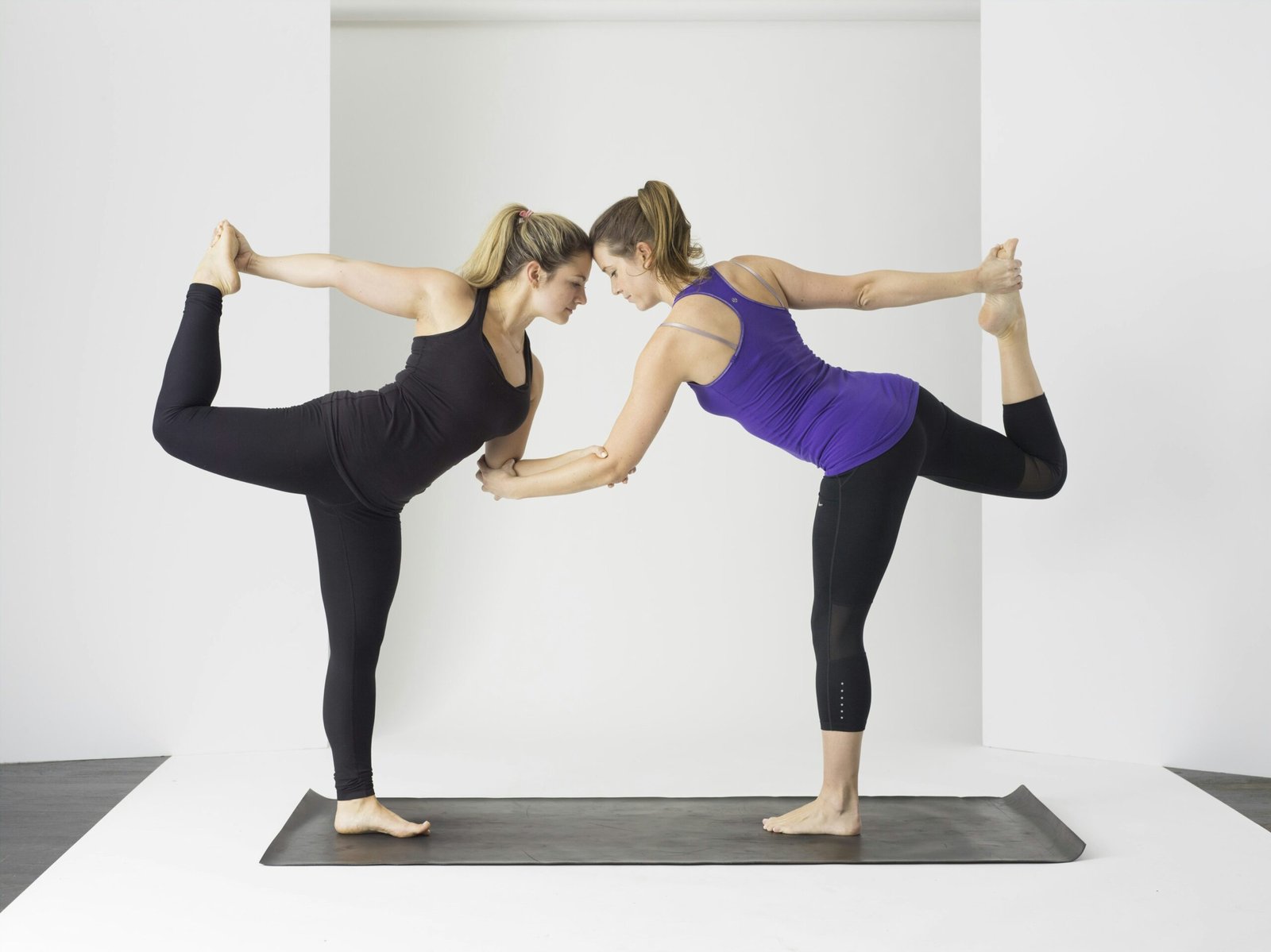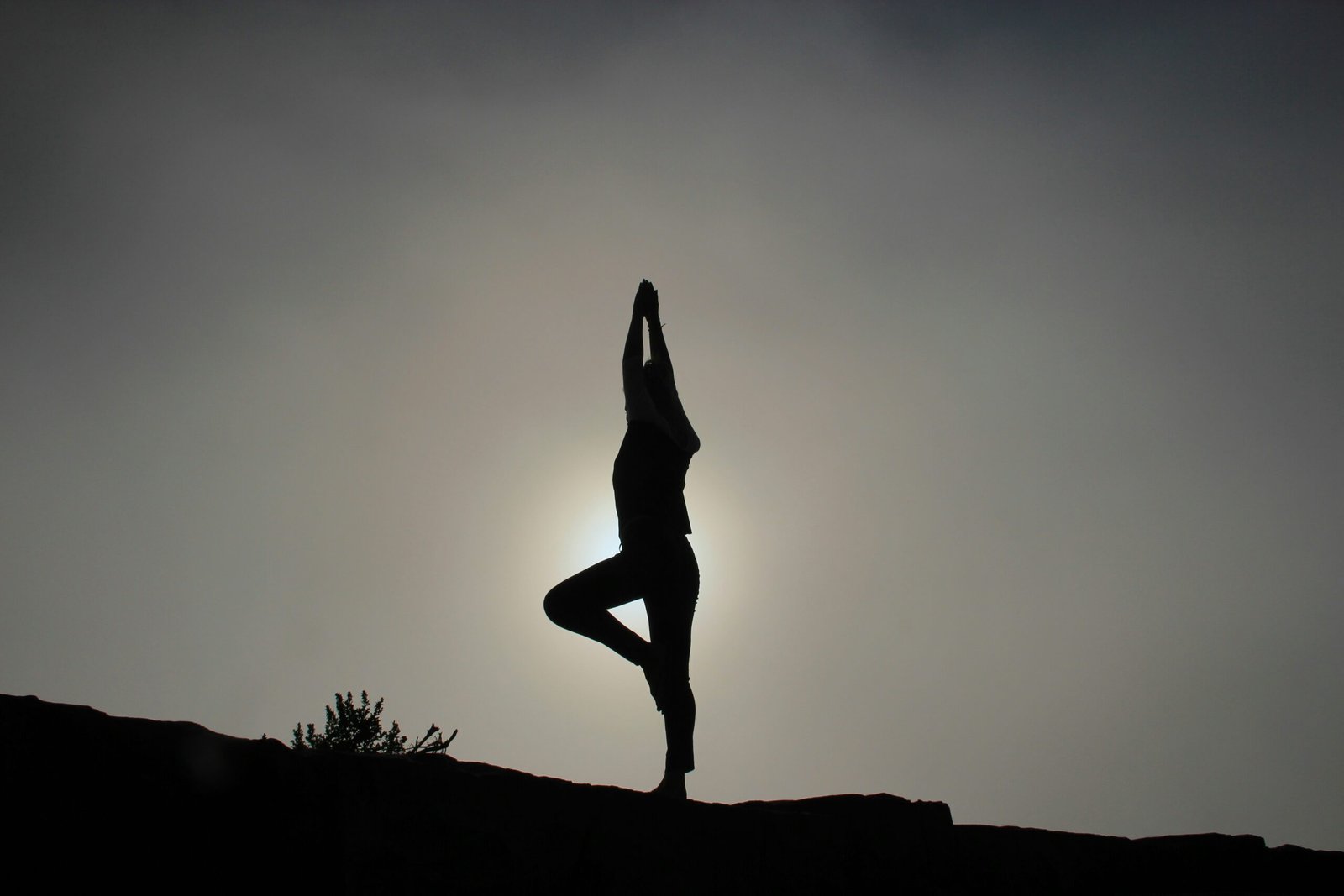
Understanding Yoga: A Brief Overview
Yoga is an ancient practice that has transcended time and geographic boundaries, emerging as a holistic approach to physical, mental, and spiritual health. Originating in India over 5,000 years ago, yoga has evolved significantly, with roots steeped in early scriptures known as the Vedas and Upanishads. Initially, it was intertwined with philosophy and spirituality, emphasizing enlightenment and self-realization through meditative practices.
Throughout the centuries, yoga has experienced multiple transformations, adapting to the needs and lifestyles of diverse cultures. The introduction of Hatha Yoga in the medieval period marked a pivotal moment, focusing more on physical postures (asanas) and breath control (pranayama) to prepare the body for meditation. This shift made yoga accessible to a broader audience, allowing individuals to experience its benefits, not just those engaged in introspective practices.
In modern times, various styles of yoga have emerged, each offering unique methodologies tailored to practitioners’ desires and abilities. Styles such as Vinyasa, Ashtanga, and Iyengar emphasize different aspects, from dynamic movement to alignment and strength building. Yin and restorative yoga focus on relaxation and deep stretching, appealing to those seeking stress relief and recovery. This diversity showcases yoga’s versatility, making it a practice suitable for individuals of all ages and fitness levels, including seniors and those with limited mobility.
Furthermore, yoga integrates physical postures with mindfulness, fostering a deep connection between the mind and body. By incorporating meditation and breathing techniques, practitioners can cultivate self-awareness and emotional resilience. As yoga continues to gain popularity globally, its holistic benefits encompass not just physical fitness but a profound sense of overall well-being, highlighting its significance in today’s fast-paced world.
Essential Tips for Yoga Beginners
Starting your yoga journey can be both exciting and overwhelming. To ensure you embark on this path with confidence, it is crucial to consider several essential tips for beginners. First and foremost, choosing the right class or instructor is vital. Look for a class that matches your skill level, whether it is a gentle beginner session or a more dynamic flow. Instructors with certified training and experience will provide valuable insight and support, making your first experience both enjoyable and safe.
Setting realistic goals is another significant aspect. As a beginner, it is essential to recognize that mastering poses takes time and patience. Focus on enjoying the process rather than pushing yourself into advanced postures prematurely. This approach not only prevents potential injuries but also enhances your overall experience, allowing you to cultivate a deeper connection with your body and mind.
Investing in essential yoga gear and attire can also enhance your practice. A quality yoga mat, supportive clothing that allows for flexibility, and props such as blocks or straps can significantly improve your comfort during sessions. Tailoring your practice space at home is equally important. Designate a quiet area free from distractions, allowing you to concentrate fully on your yoga and meditation without interruptions.
Lastly, incorporating mindfulness and breathwork into your yoga practice is crucial for cultivating a holistic experience. Focus on your breath as you move through each pose, allowing it to guide your movements. Mindfulness helps to center your thoughts and enhances the connection between your body and mind. By following these essential tips, you will be well-prepared to embark on your journey into the world of yoga with comfort and confidence.
Beginner-Friendly Yoga Poses: Step-by-Step Guide
Yoga offers a variety of poses that can enhance flexibility, strength, and mindfulness. For beginners, it is essential to start with foundational poses that build confidence and provide numerous benefits. Below, several beginner-friendly yoga poses are described with step-by-step instructions, modifications, and variations to ensure accessibility for all skill levels.
Downward Dog (Adho Mukha Svanasana): Begin on your hands and knees with your wrists aligned under your shoulders. Tuck your toes and lift your hips up and back, straightening your legs while keeping your spine long. Press firmly into the ground with your hands and lift your tailbone towards the ceiling. Hold for 5-10 breaths. For modification, bend your knees slightly and keep your heels lifted.
Child’s Pose (Balasana): From a kneeling position, sit back on your heels. Fold forward, extending your arms in front of you or resting them along your sides. Allow your forehead to rest on the mat. This pose gently stretches the back and calms the mind. To modify, place a cushion between your hips and heels for added support.
Warrior I (Virabhadrasana I): Stand tall and take a step back with your right foot, keeping your left knee bent at a 90-degree angle. Raise your arms overhead, palms facing each other. Ensure your hips are squared to the front. Breathe deeply and hold for 5 breaths. Modify by keeping your back heel lifted for added stability.
Cat-Cow (Marjaryasana-Bitilasana): Start on your hands and knees in a tabletop position. Inhale and arch your back, tilting your pelvis up (Cow Pose). Exhale and round your spine, tucking your chin and tailbone (Cat Pose). Repeat this sequence for 5-10 cycles, focusing on your breath. This pose enhances spine flexibility and relieves tension.
These beginner-friendly yoga poses can be practiced regularly to cultivate strength, balance, and relaxation, making them ideal for anyone new to yoga. Remember to listen to your body and adjust each pose to suit your comfort level.
The Benefits of Practicing Yoga Regularly
Engaging in a regular yoga practice offers a myriad of physical, mental, and emotional benefits that can significantly enhance one’s quality of life. Firstly, yoga is widely recognized for its ability to increase flexibility. As practitioners flow through various poses, they stretch and strengthen muscles, leading to improved flexibility in both the body and mind. This aspect of yoga not only enhances physical performance but also aids in injury prevention, allowing individuals to engage in a wider range of activities with ease.
Moreover, yoga promotes overall strength and balance. Many yoga poses require practitioners to support their body weight in different configurations, which builds functional strength over time. This strength is essential for maintaining balance, particularly as one ages, reducing the risk of falls and related injuries. The combination of strength and balance cultivated through consistent practice can contribute to better athletic performance and daily functionality.
In addition to the physical advantages, regular yoga practice is known for its profound impact on mental health. Many studies indicate that yoga can effectively reduce stress and anxiety levels. The focus on deep, mindful breathing and the meditative aspects of yoga help individuals cultivate a greater sense of calm and can lead to improved concentration and cognitive function. Notably, a study by the University of California found that individuals who practiced yoga regularly reported lower levels of stress and higher satisfaction in daily activities.
Furthermore, consistent yoga practice can enhance emotional well-being. Individuals often report feeling more connected to themselves and more resilient in coping with life’s challenges. This emotional benefit, combined with the physical advantages, makes yoga a holistic practice that can transform lives. By integrating yoga into one’s daily routine, practitioners can experience these advantages firsthand, fostering a commitment to both body and mind wellness.





